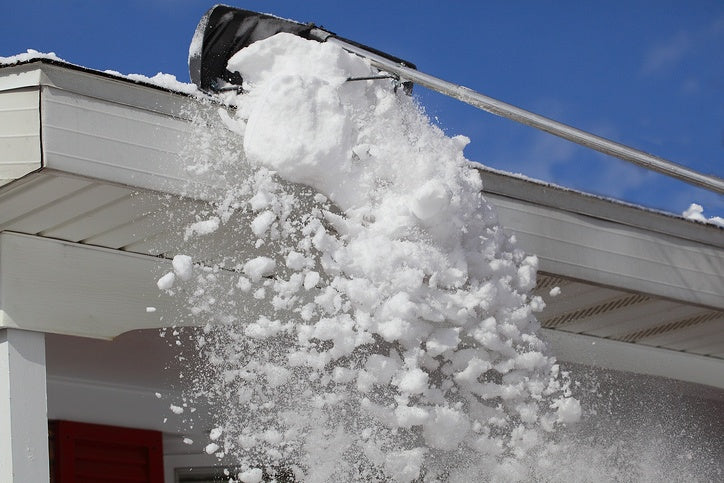
In today’s litigious society, facilities with deep pockets are at risk for expensive lawsuits, particularly for personal injury claims from visitors and licensees. In northern locations where long stretches of inclement weather are common, slip and fall lawsuits are a significant concern for facility managers. The severe injuries that can result from pedestrians slipping on snow and ice often result in severe or permanent disability, leading to large jury verdicts. These five lawsuits made headlines due in part to the staggering amounts recovered by the plaintiffs.
A jury in Staten Island, New York, awarded a woman $4 million for injuries sustained when she fell on a poorly shoveled walkway outside a condominium complex. The plaintiff’s multiple spinal fractures, permanent disability, and constant pain suffered contributed to the large verdict. The amount awarded is particularly remarkable due to the fact that Staten Island juries are traditionally more conservative in awarding damages. This verdict shows that large monetary compensation for plaintiffs is a possibility in all legal climates.
Operators of a Super Eight motel in Connecticut were forced to pay nearly two million dollars in restitution after a man broke his ankle in three places when he fell on an icy sidewalk outside the motel. Part of the reason for the high amount awarded was the fact that the motel operators were aware of the propensity for ice to accumulate and did nothing to reduce the risk or warn people of the potential hazard.
An Iowa woman recovered $1.2 million from Marriot International Inc. and Courtyard Management Corporation after slipping and falling on ice outside the hotel. The testimony of other hotel patrons about the icy conditions helped sway the jury to find for the plaintiff, and the devastating injuries to the woman’s ankle impacted her future earnings, leading to the large verdict.
CVS Pharmacy was forced to pay nearly half a million dollars to an Indiana woman who fell on a sidewalk near the store’s entrance and fractured her ankle. Her injuries were so severe she was required to undergo surgery and have pins, plates, and screws implanted into her ankle. The jury found that CVS violated basic safety rules intended to protect customers by not keeping the walkway clear.
A Massachusetts case involving an elderly man who filed suit against the Target Corporation was notable both because of the size of the final award—$400,000—as well as the decision by the Supreme Court of Massachusetts to abolish the distinction between natural and unnatural accumulations of snow--that is to say accumulation due to natural snowfall vs. the piling of snow or ice in a particular location--which previously could have limited the defendant’s liability.
Plaintiffs who suffer serious injuries can heavily influence trial juries, especially when these plaintiffs are perceived as much weaker than the large corporation, organization, or facility responsible for their accident. Property owners and facility managers are well advised to take preemptive steps to make sure these types of accidents don’t occur, rather than attempt damage control later with costly and protracted litigation that will drain the organization’s resources.
Keeping walkways clear of snow and ice is a challenge for facility managers who must continually monitor weather conditions to ensure proper precautions are being taken to protect the public. However, as these examples demonstrate, it is crucial to have a strong handle on your commercial snow removal plan so as to eliminate the very real risk of liability brought by harsh winter conditions.


